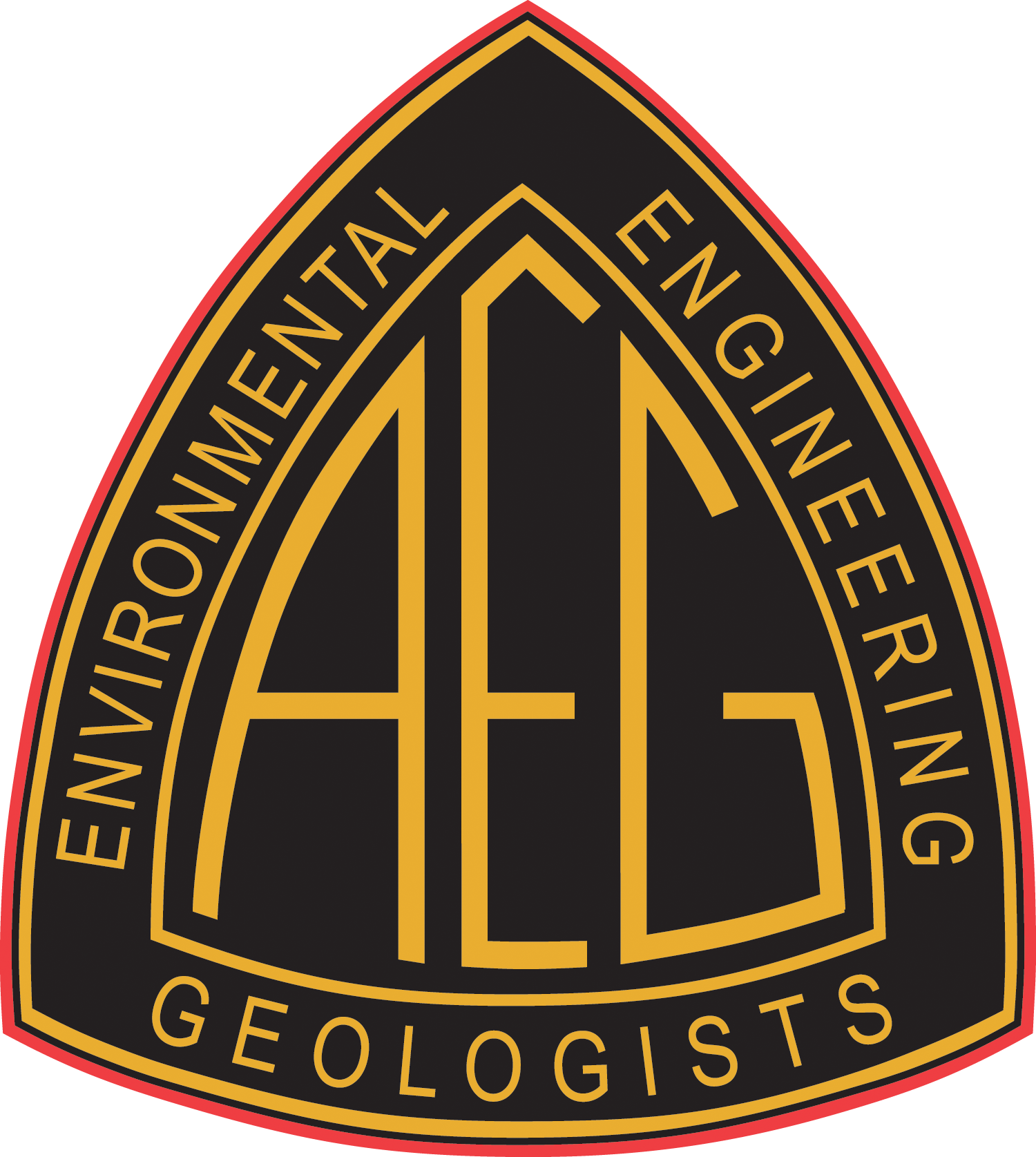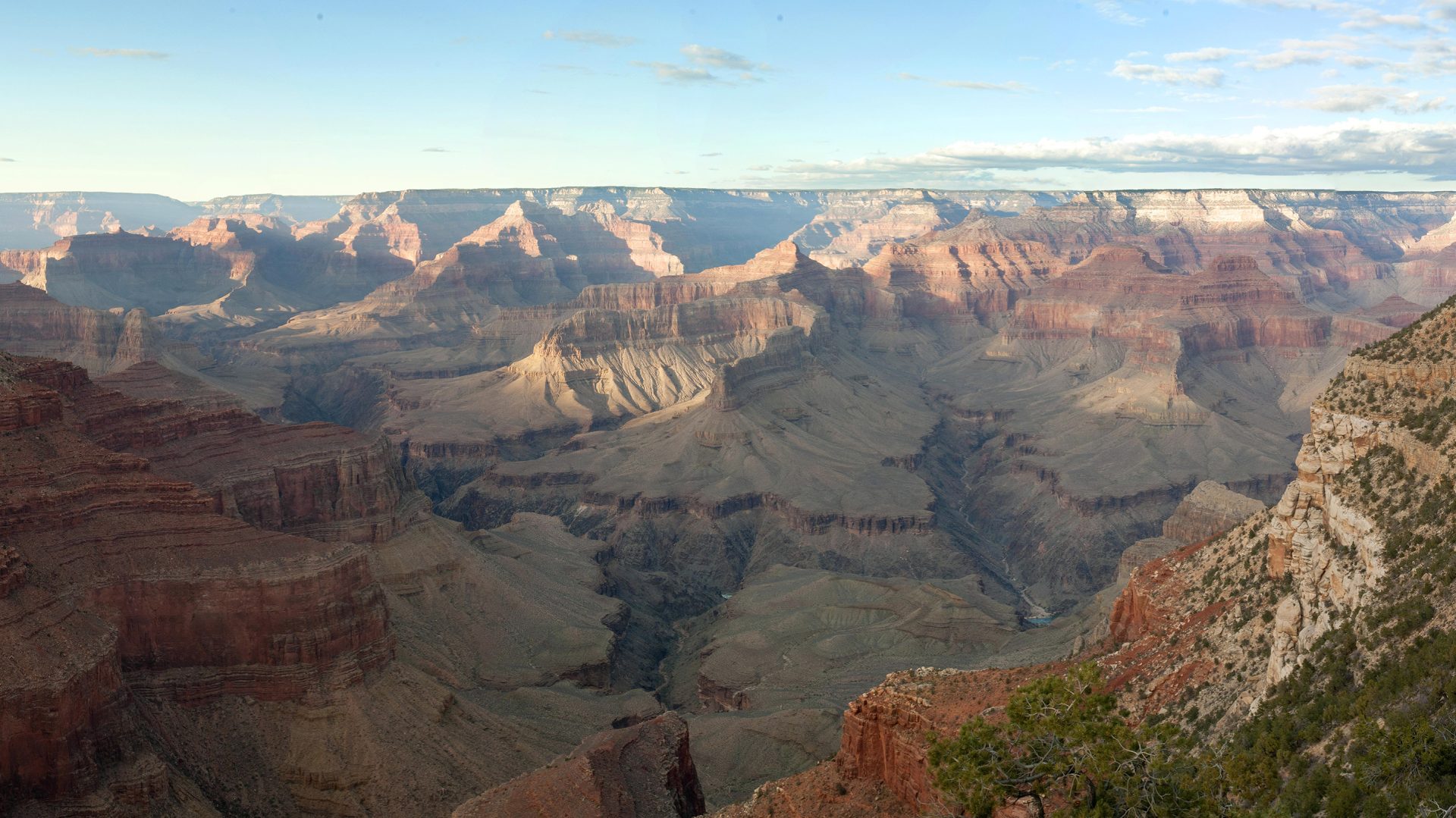July Dinner Meeting – 2019
Speaker: Scott D. Neely, P.E., G.E.
Topic: Identification and Mitigation of an Earth Fissure
Abstract:
There are two projects for which identification and mitigation of known and suspected earth fissures was required. The first project was the alignment of the 4th segment of Arizona State Route 303L (SR 303L) between Glendale and Peoria Avenues, within the Phoenix metropolitan area. The second is Northern Parkway between Dysart Road and El Mirage Road, again located within the Phoenix metropolitan area. In addition to the known earth fissures crossing these major roadways, there are several earth fissures that have been mapped by the Arizona Geological Survey as unconfirmed earth fissures and others that have been identified by Terracon Consultants, Inc. during site reconnaissance of each project area. A methodical approach consisting of numerous steps was performed for each project to determine which earth fissures could be positively identified, and which ones should be removed from further consideration on the unconfirmed earth fissure list.
The investigative information considered in our analyses included:
- literature review,
- geology maps showing subsurface stratigraphy
- earth fissure maps
- lineament analyses of historical aerial photographs
- historical survey information showing subsidence in the area
- site reconnaissance,
- seismic p-wave and ReMi field investigation and analyses,
- earth fissure trench field investigation,
- discussions with ADOT personnel and MCDOT personnel to decide upon the level of risk each entity was willing to accept in design and construction of their respective roadways.
Based on the information obtained from the foregoing efforts, those unconfirmed fissures not showing any substantial evidence for their existence were eliminated from the list of unconfirmed earth fissures. For earth fissures for which positive identification or substantial evidence for their possible existence was obtained, measures to mitigate their potential effects to the roadways were modeled by finite element analyses. Fortunately, none of the earth fissures cross any bridge structures, and therefore, only potential effects to roadway embankments were considered for design and construction and determination of mitigation measures.
The results of the finite element analyses indicated that a high modulus material is needed to distribute the strain caused by the potential differential movement that could impact the roadway embankments constructed across the location of the earth fissure. A five foot high zone of material having a Young’s modulus of at least 10,000 psi constructed below the embankments will spread 6-inches of potential differential movement occurring over 7 feet beneath the embankment at the fissure locations, to over 30 feet at the pavement surface. This governed the design of the mitigative measures developed for the project.
Bio:
Mr. Neely, located in Terracon’s Phoenix office, provides geotechnical and structural engineering consulting for multiple solar developers and contractors nationwide. He is a member of Terracon’s solar industry technical team of resources providing innovative solutions for a variety of solar clients across the country. Mr. Neely also provides geotechnical engineering services for multiple other industries including highway transportation (pavement, bridges and slope stability), pipelines, transmission lines, conventional power plants, thermal solar plants, high-rise buildings and airports. His 30 years of experience includes delivering pile design services for contractors in the solar industry as well as performing geotechnical exploration and design of micro-pile foundations for transmission line towers, anchor tie-back walls, cantilever tie-back walls, cantilever walls, rock slope stabilization, soil nail walls, and mechanically stabilized earth retaining walls.
RSVP deadline is past

